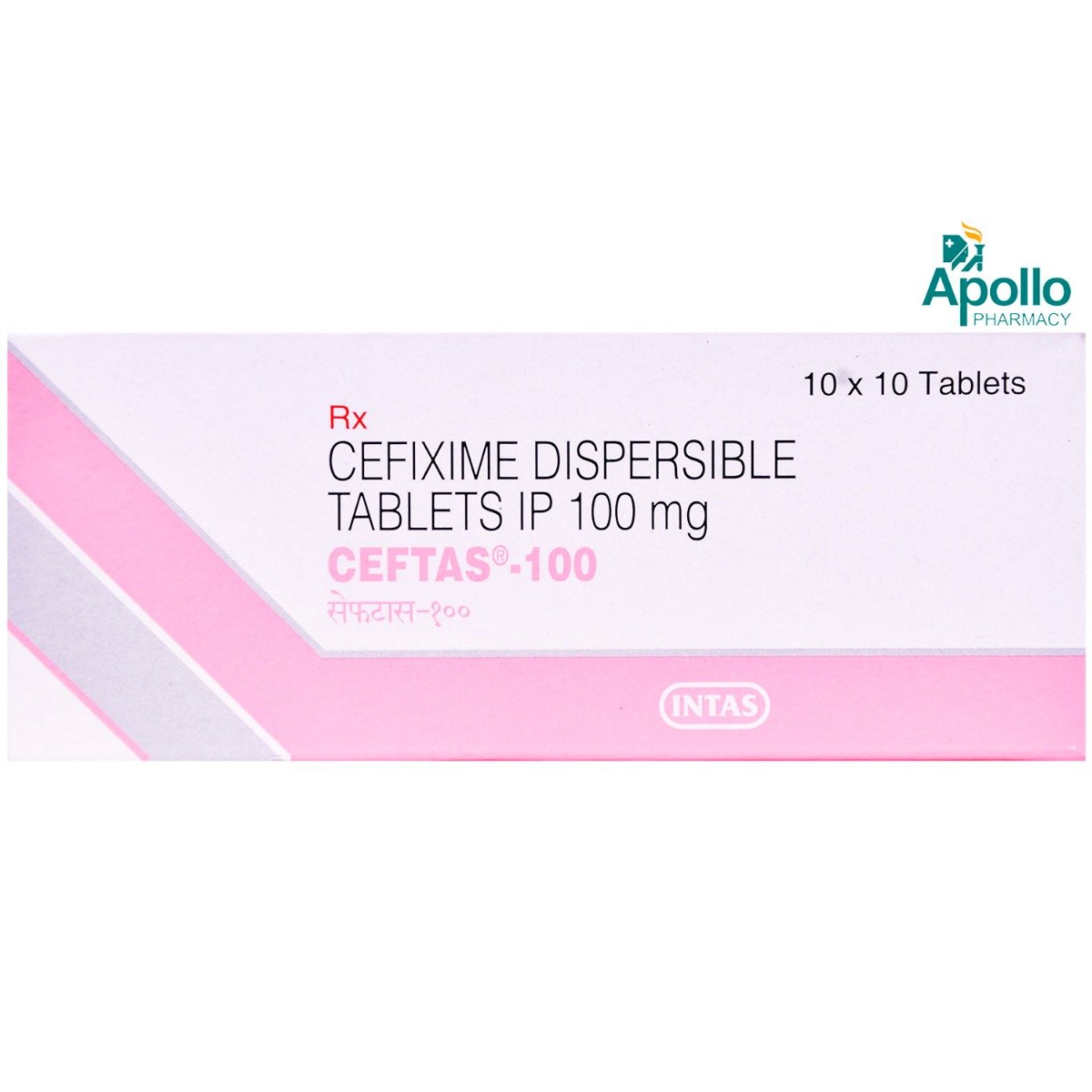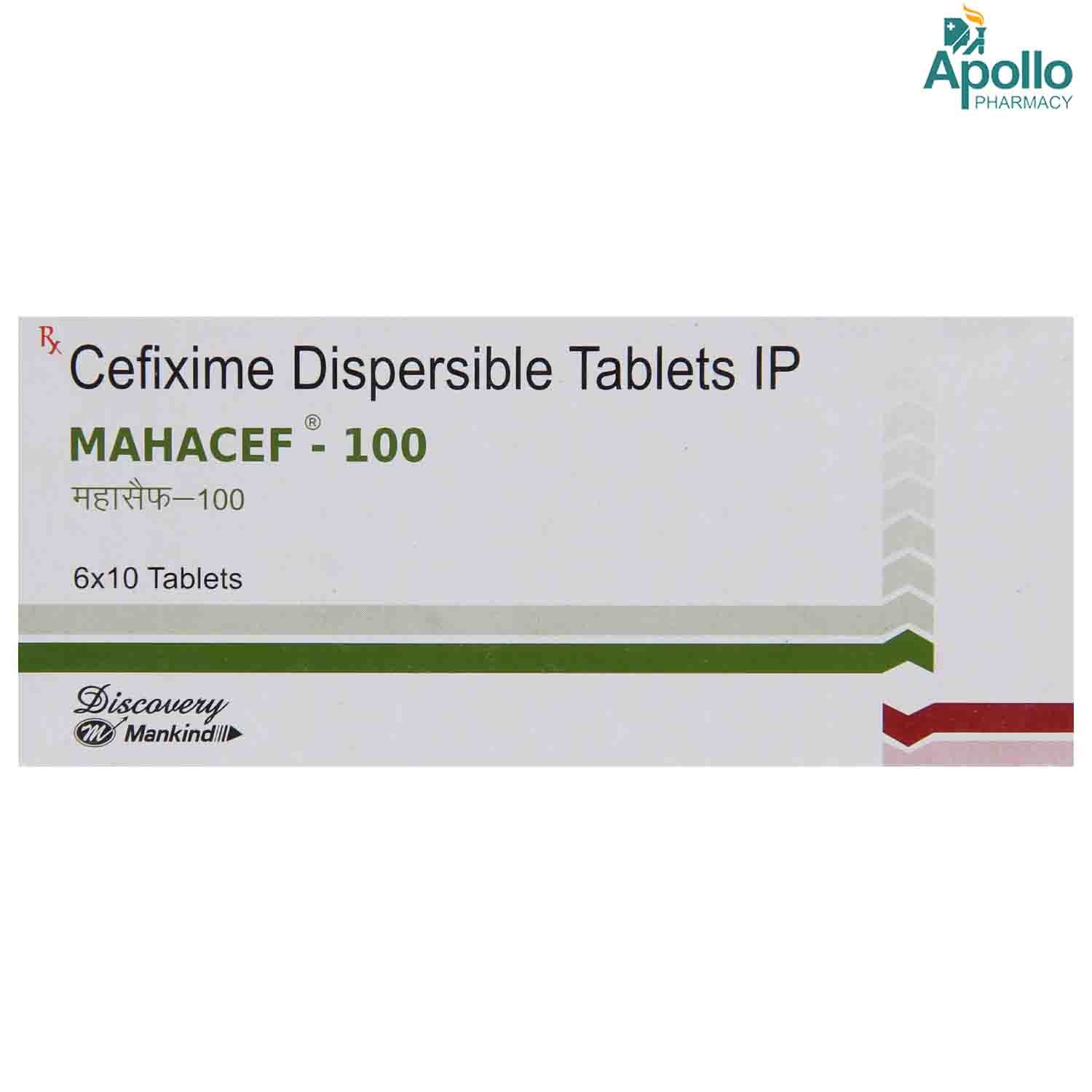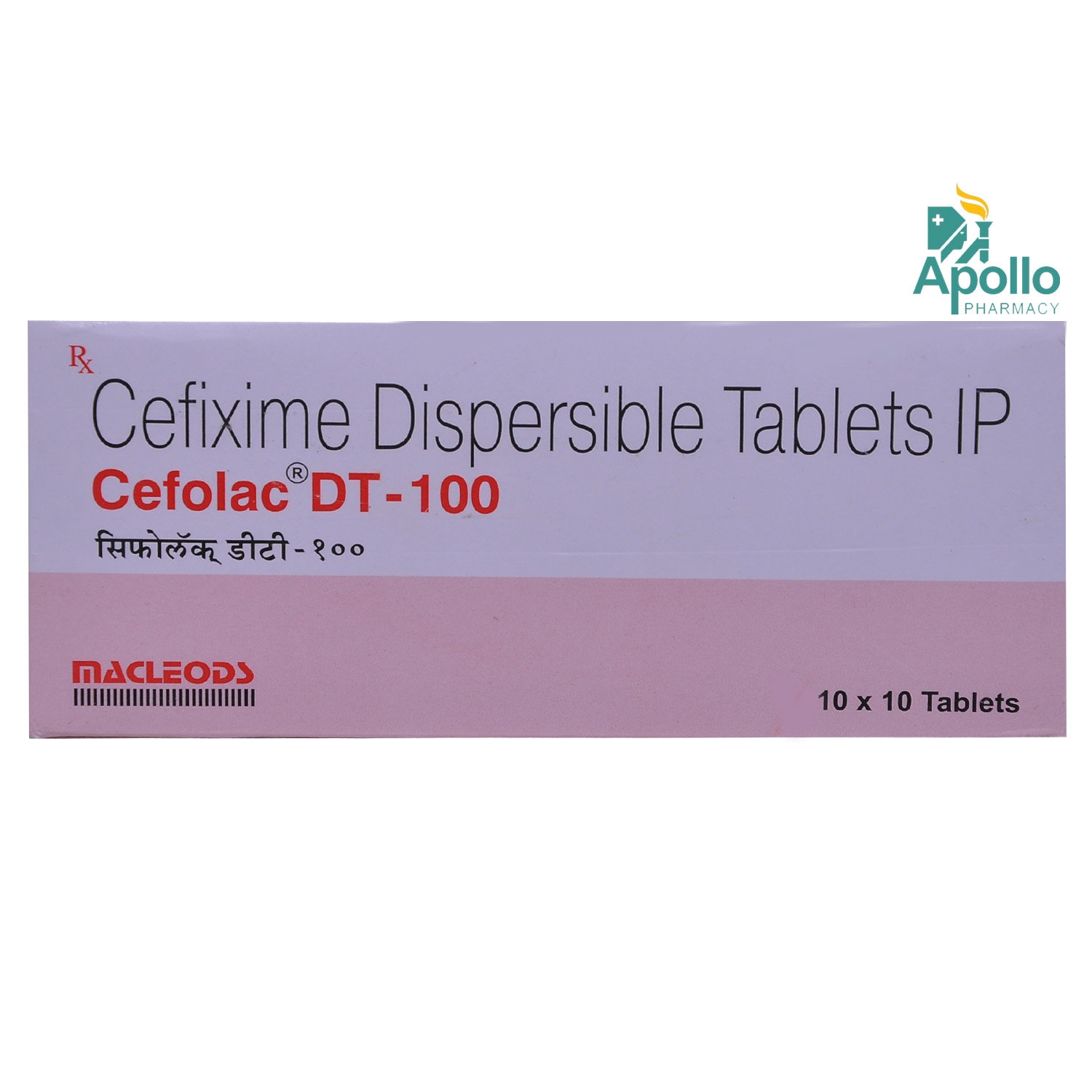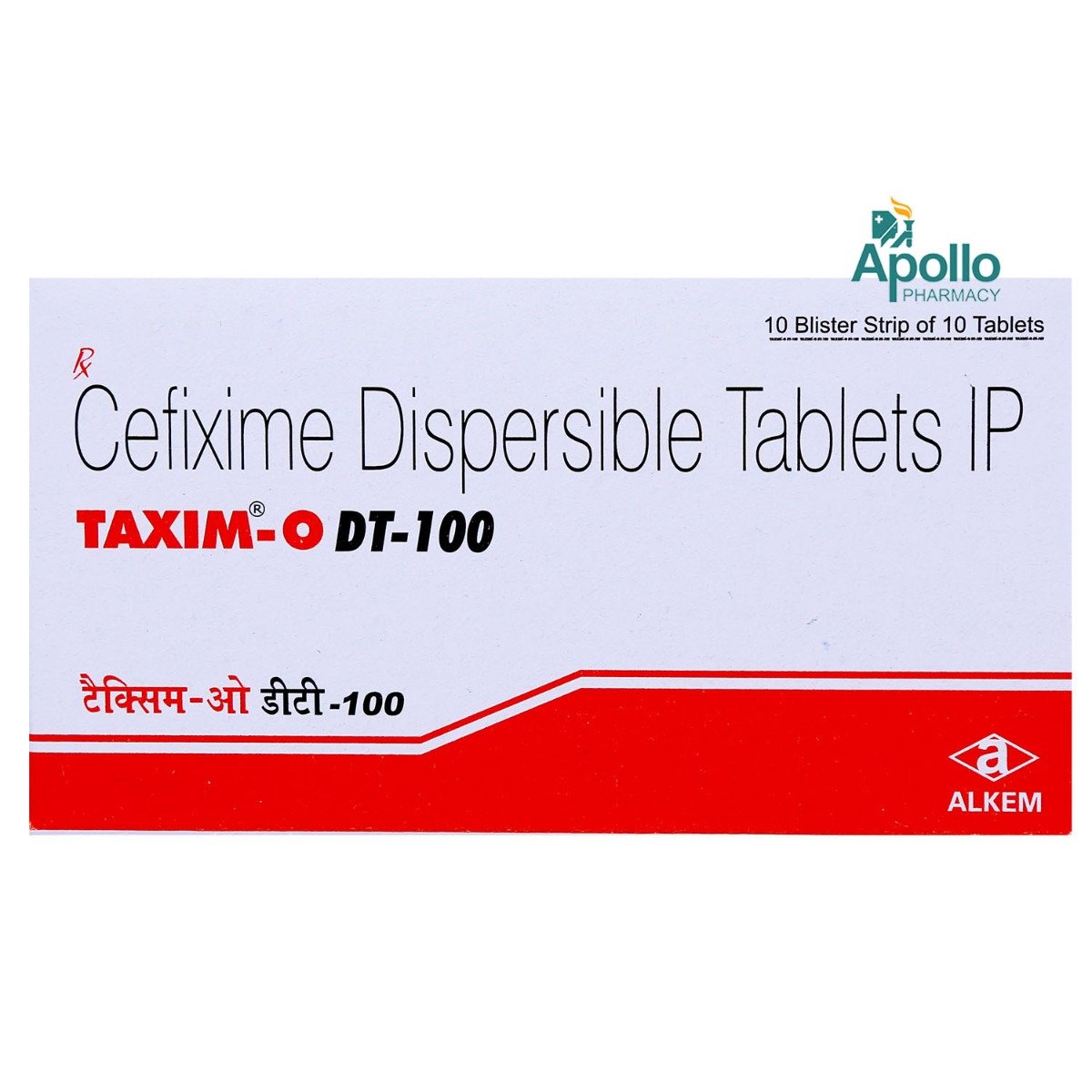Hifen DT 100 mg Tablet
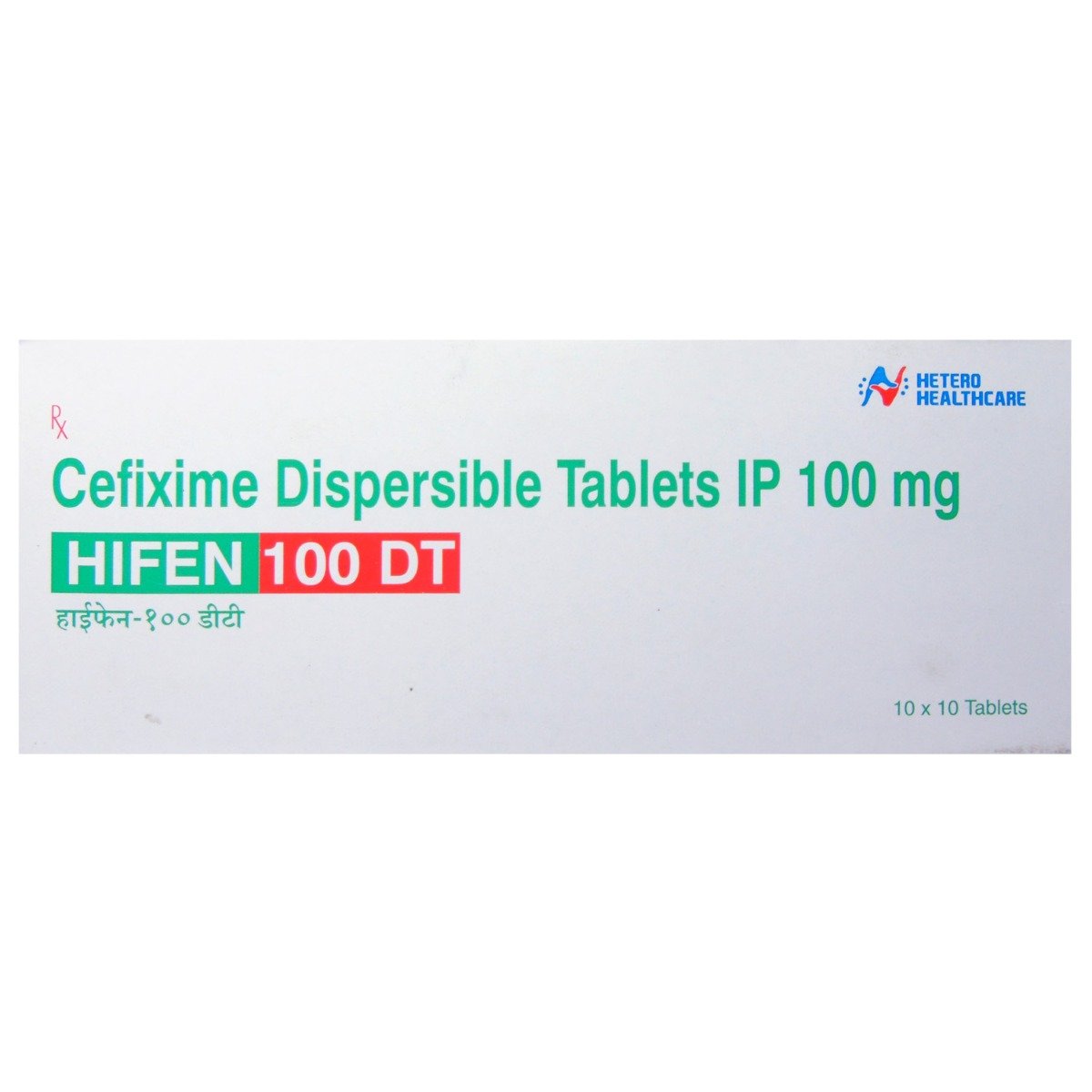
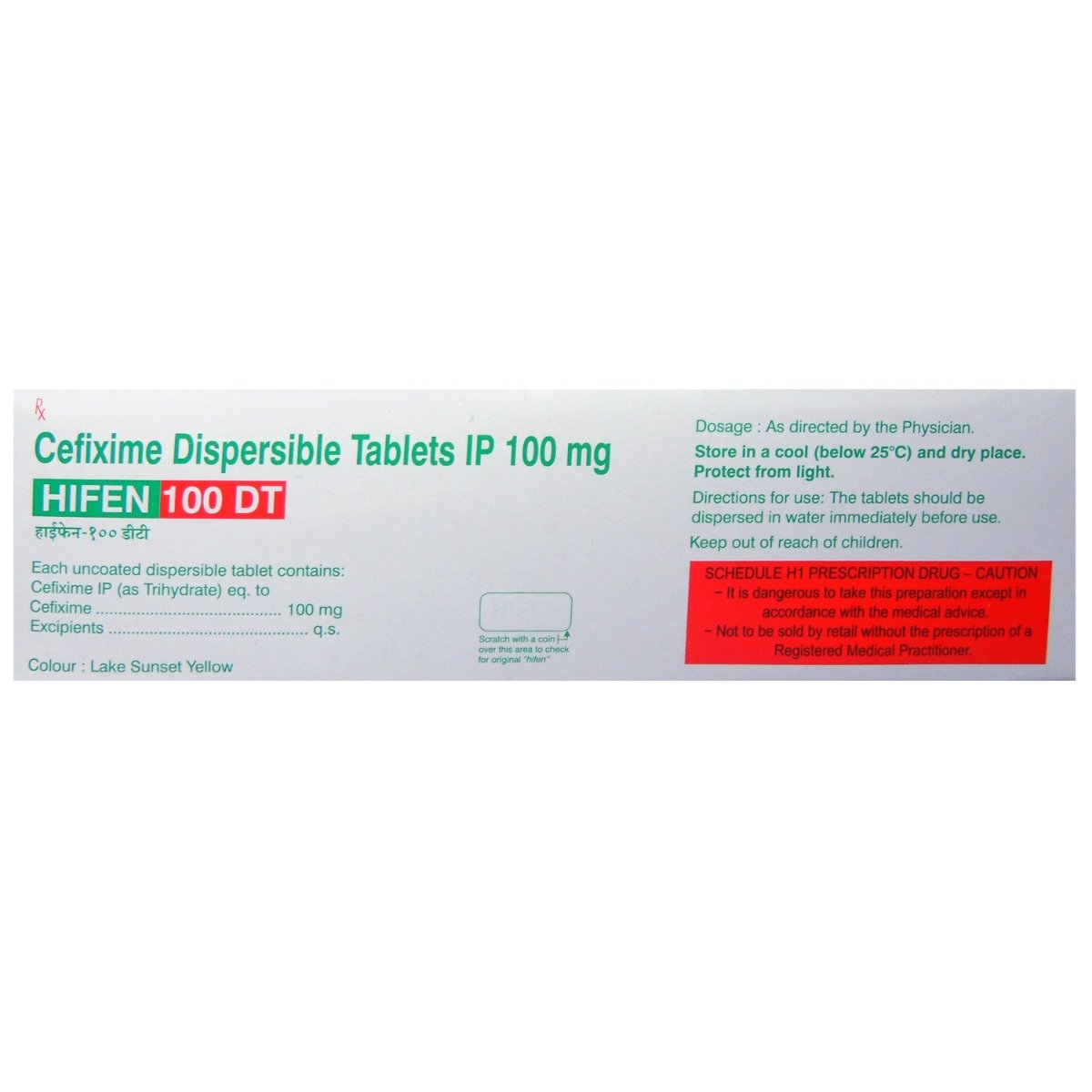
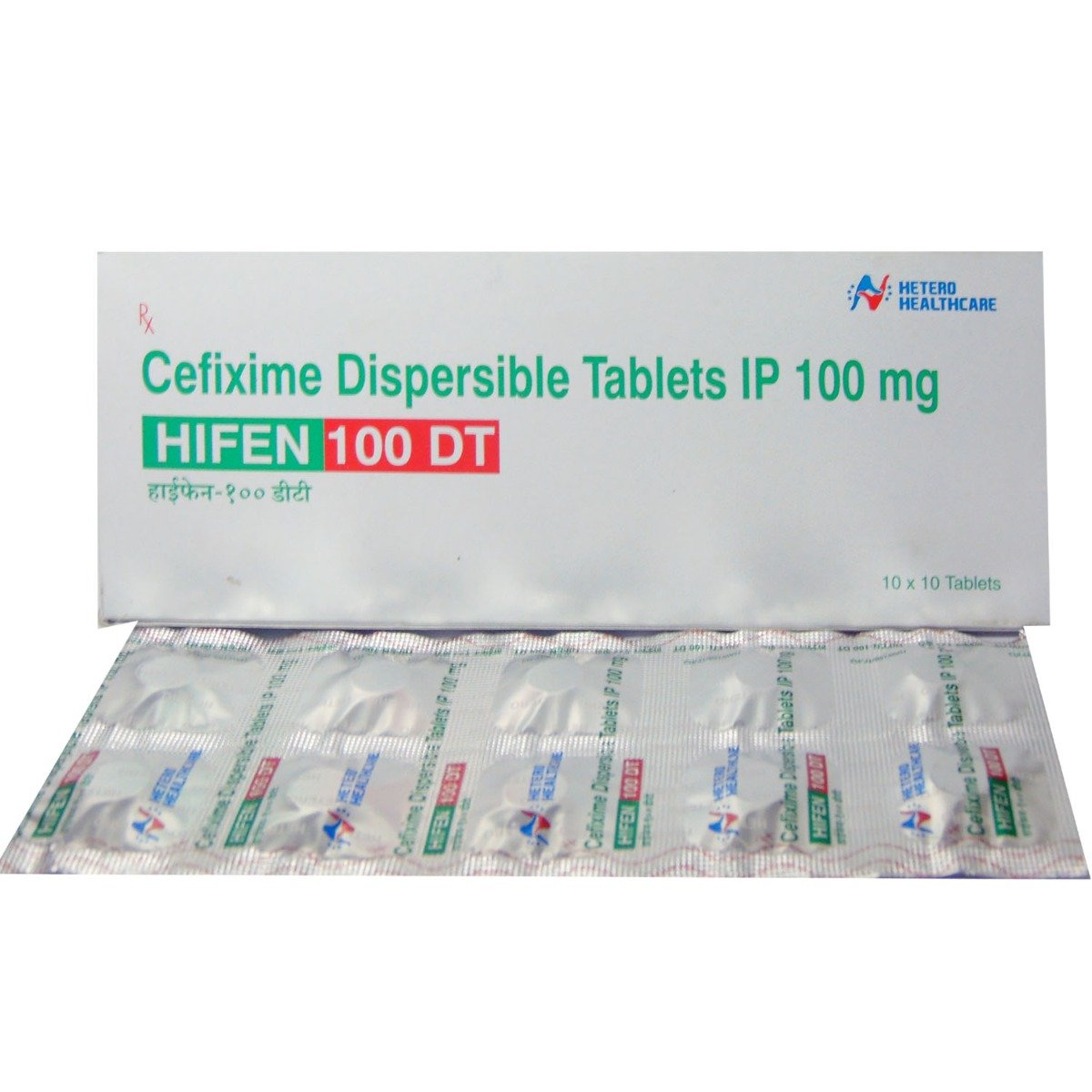
MRP ₹61.5
(Inclusive of all Taxes)
₹9.2 Cashback (15%)
know your delivery time
Provide Delivery Location
Composition :
Manufacturer/Marketer :
Consume Type :
Expires on or after :
Return Policy :

Secure Payment

Trusted by 8 Crore Indians

Genuine Products
What if I have taken an overdose of Hifen DT 100 mg Tablet
Therapeutic Class
How Hifen DT 100 mg Tablet Works :
Country of origin
Manufacturer/Marketer address
Author Details
We provide you with authentic, trustworthy and relevant information
Disclaimer
Alcohol
Safe if prescribed
It is unknown whether Hifen DT 100 mg Tablet interacts with alcohol. However, as a precautionary measure, it is advisable not to take or limit alcohol.
Pregnancy
Consult your doctor
Hifen DT 100 mg Tablet should not be used during pregnancy unless clearly necessary. Your doctor will weigh the benefits and potential risks before prescribing it. Please consult your doctor.
Breast Feeding
Consult your doctor
Hifen DT 100 mg Tablet should be administered to nursing mothers only if the benefits of therapy are judged to outweigh the potential risks to the infant. Hence it is best to consult a doctor before taking the Hifen DT 100 mg Tablet .
Driving
Safe if prescribed
Caution should be exercised; Hifen DT 100 mg Tablet usually causes drowsiness and confusion, affecting driving ability.
Liver
Consult your doctor
Hifen DT 100 mg Tablet to be taken with caution, especially if you have a history of liver diseases/conditions. The dose may have to be adjusted by your doctor.
Kidney
Consult your doctor
Hifen DT 100 mg Tablet to be taken with caution, especially if you have a history of Kidney diseases/conditions. The dose may have to be adjusted by your doctor.
Children
Safe if prescribed
Hifen DT 100 mg Tablet to be taken with caution, especially if you are children below 12. Your doctor may adjust your dose depending upon your age.
Product Substitutes
About Hifen DT 100 mg Tablet
Hifen DT 100 mg Tablet belongs to a group of cephalosporin antibiotics. It is used to treat susceptible organisms (bacteria)-caused infections of the ear, nose, sinuses (sinusitis), throat (tonsillitis, pharyngitis), chest and lungs (bronchitis, pneumonia) and urinary system (cystitis and kidney infections). Additionally, it is also prescribed to treat uncomplicated gonorrhoea (cervical/urethral).
Hifen DT 100 mg Tablet contains Cefixime that works by inhibiting of cell wall synthesis. In turn, Hifen DT 100 mg Tablet weakens and destroys the bacterial cell wall, leading to death. As a result, Hifen DT 100 mg Tablet helps to treat bacterial infections.
Take Hifen DT 100 mg Tablet as directed by the physician. Sometimes, you may experience common side effects such as diarrhoea, nausea, loose stools, abdominal pain, dyspepsia, indigestion, and vomiting. Most of these side effects do not require medical attention and resolve gradually over time. However, you are advised to talk to your doctor if you experience these side effects persistently.
Do not take Hifen DT 100 mg Tablet if you are allergic to cefixime, other cephalosporin antibiotics, or any other ingredients of this medicine. Before starting the Hifen DT 100 mg Tablet , please inform your doctor if you have colitis (inflammation of the colon's inner lining), renal dysfunction, liver disease, and seizure disorders. Do not take this medicine on your own as self-medication may lead to antibiotic resistance in which antibiotics fail to act against specific bacterial infections. If you are pregnant or breastfeeding, think you may be pregnant, or are planning to have a baby, ask your doctor for advice before taking the Hifen DT 100 mg Tablet . Drive only if you are alert as Hifen DT 100 mg Tablet may cause dizziness.
Uses of Hifen DT 100 mg Tablet
Medicinal Benefits Mweb
Key Benefits
Hifen DT 100 mg Tablet is a short-term medication for a wide range of bacterial infections. It prevents the growth of bacteria by stopping the formation of a protective covering which is vital for its growth. It prevents and treats bacterial infections like ear, nose, sinuses (sinusitis), throat (tonsillitis, pharyngitis), chest and lungs (bronchitis, pneumonia) and urinary system (cystitis and kidney infections). Additionally, it is also prescribed to treat uncomplicated gonorrhoea (cervical/urethral).
Directions for Use
Tablet/capsule: Swallow it as a whole with water; do not crush, break or chew it. Dispersible Tablet: Check the label for directions before use. Disperse the tablet in the prescribed amount of water and swallow the contents. Do not crush, chew or swallow as a whole. Liquid/Suspension: Shake the bottle well before use. Check the label for directions and take Hifen DT 100 mg Tablet in doses as prescribed by your doctor with the help of a measuring cup/dropper provided by the pack. Powder/granules: Check the label for directions before use. Mix the powder/granules in water, mix well and drink immediately.
Side Effects of Hifen DT 100 mg Tablet
Diarrhoea
Nausea
Loose stools
Abdominal pain
Dyspepsia or indigestion
Vomiting
Drug Warnings
Hifen DT 100 mg Tablet has occasionally been associated with hypersensitive reactions that result in shock and mortality. If a reaction happens, stop using it. Do not take Hifen DT 100 mg Tablet if you are allergic to Cefixime or other cephalosporin antibiotics, or any of the other ingredients of this medicine. Talk to the doctor before taking Hifen DT 100 mg Tablet if you have seizures, liver or renal dysfunction, heart disorder, and inflammation of the colon's inner lining (colitis). Do not take Hifen DT 100 mg Tablet without first consulting the doctor if you are pregnant, planning for pregnancy or breastfeeding. Drive only if you are alert as Hifen DT 100 mg Tablet may cause dizziness. Hifen DT 100 mg Tablet may interact with certain tests such as glucose (sugar) in urine and give unusual results. Therefore, inform the doctor that you are using Hifen DT 100 mg Tablet before undergoing any tests.
Drug-Drug Interactions
Drug-Drug Interactions
Login/Sign Up
Co-administration of Hifen DT 100 mg Tablet with Cholera vaccine may reduce the effectiveness of the vaccine.
How to manage the interaction:
Talk to your doctor before receiving the cholera vaccine if you are currently being treated with Hifen DT 100 mg Tablet or have been treated within the last 14 days. To ensure adequate vaccine response, you should not receive cholera vaccine until at least 14 days after you complete your antibiotic therapy. Do not discontinue the medication without consulting a doctor.
Drug-Food Interactions
Drug-Food Interactions
Login/Sign Up
Drug-Diseases Interactions
Drug-Diseases Interactions
Login/Sign Up
Almost all antibacterial medications have been associated to reports of Clostridioides difficile-associated diarrhoea (CDAD), formerly known as pseudomembranous colitis. It can vary from mild diarrhoea to deadly colitis. Clindamycin and lincomycin are two of the most frequent offenders.
How to manage the interaction:
Antibiotics may cause Clostridioides difficile-associated diarrhoea (CDAD), which may range from mild diarrhoea to fatal colitis. Appropriate fluid and electrolyte management, protein supplementation, antibacterial treatment of C difficile, and surgical evaluation is advised.
The kidneys remove the majority of beta-lactam antibiotics as unaltered drugs and, in certain situations, as metabolites as well. In individuals with poor renal function, the blood concentrations of beta-lactam antibiotics and their metabolites may rise and their half-lives may be prolonged. According to the particular product package labelling, dosage modifications may be required. These alterations should be based on the severity of the infection as well as the degree of renal impairment. Renal function tests should be carried out on a regular basis during extended and/or high-dose therapy since these medicines have occasionally been linked to nephrotoxicity and changes in renal function.
How to manage the interaction:
The serum concentration may be increased in patients with impaired kidney function as most beta-lactam antibiotics are eliminated by the kidney. Dose adjustment may be necessary for patients with kidney dysfunction. Regular renal function tests are advised.
Hepatitis cases have been associated to the usage of several cephalosporins. Alkaline phosphatase, AST, and ALT levels have all shown a brief spike. When these medications are provided to people with hepatic problems, caution and close observation are advised.
How to manage the interaction:
Caution and monitoring is recommended in patients with liver disorders.
It has been suggested that cephalosporins can cause seizures. In particular in patients with a history of epilepsy and/or where prescribed doses of cephalosporins were exceeded because of renal impairment, cephalosporins have been associated with nonconvulsive status epilepticus (NCSE), encephalopathy, coma, asterixis, neuromuscular excitability, and myoclonia. Depending on the creatinine clearance, change the dosage. In individuals with known seizure disorders, anticonvulsant medication should be maintained. Patients should get a neurological exam to see if medication should be stopped if CNS side effects like seizures happen.
How to manage the interaction:
Cephalosporin antibiotics may trigger seizures. Dose adjustment may be needed.
Drug-Drug Interactions Checker List
- BCG VACCINE
- CHOLERA VACCINE
- TYPHOID VACCINE
- WARFARIN
- CARBAMAZEPINE
Habit Forming
Diet & Lifestyle Advise
After taking the full course of Hifen DT 100 mg Tablet , probiotics should be taken to restore some of the healthy bacteria in the intestines that may have been killed. Taking probiotics after antibiotic treatment can reduce the risk of antibiotic-associated diarrhoea. Certain fermented foods like yoghurt, cheese, sauerkraut, kombucha and kimchi can help restore the intestine's good bacteria.
Include more fibre-enriched food in your diet, as it can be easily digested by gut bacteria, which helps stimulate their growth. Thus, fibre foods may help restore healthy gut bacteria after a course of antibiotics. Whole grains like whole-grain bread and brown rice should be included in your diet.
Avoid taking too much calcium, iron-enriched foods and drinks as it might affect the working of Hifen DT 100 mg Tablet .
Avoid alcoholic beverages with Hifen DT 100 mg Tablet as it can dehydrate and affect your sleep. this can make it harder for your body to aid the Hifen DT 100 mg Tablet in fighting off infections.
All Substitutes & Brand Comparisons
RX
Not for online saleHifen 100 mg Tablet 10's
Hetero Drugs Ltd
₹66
(₹5.94 per unit)
7% COSTLIERRX
Out of StockNot for online saleBiocefmix 100mg Tablet DT
₹68
(₹6.12 per unit)
10% COSTLIERRX
Out of StockNot for online saleBactin 100mg Tablet
₹75
(₹6.75 per unit)
21% COSTLIER

Have a query?
Buy best Infections & Infestation products by
Cipla Ltd
Macleods Pharmaceuticals Ltd
Alkem Laboratories Ltd
Lupin Ltd
Abbott India Ltd
Sun Pharmaceutical Industries Ltd
Mankind Pharma Pvt Ltd
Micro Labs Ltd
Aristo Pharmaceuticals Pvt Ltd
FDC Ltd
Intas Pharmaceuticals Ltd
Glenmark Pharmaceuticals Ltd
Ipca Laboratories Ltd
Torrent Pharmaceuticals Ltd
Zydus Healthcare Ltd
Biochem Pharmaceutical Industries Ltd
Zuventus Healthcare Ltd
United Biotech Pvt Ltd
Hetero Drugs Ltd
Emcure Pharmaceuticals Ltd
Alembic Pharmaceuticals Ltd
Indoco Remedies Ltd
Fusion Health Care Pvt Ltd
Dr Reddy's Laboratories Ltd
Leeford Healthcare Ltd
Cadila Healthcare Ltd
Wockhardt Ltd
Zydus Cadila
GlaxoSmithKline Pharmaceuticals Ltd
Morepen Laboratories Ltd
Blue Cross Laboratories Pvt Ltd
Cadila Pharmaceuticals Ltd
Converge Biotech Pvt Ltd
Elder Pharmaceuticals Ltd
Hetero Healthcare Pvt Ltd
Pfizer Ltd
AAA Pharma Trade Pvt Ltd
Gufic Bioscience Ltd
Mylan Pharmaceuticals Pvt Ltd
Corona Remedies Pvt Ltd
Wallace Pharmaceuticals Pvt Ltd
Apex Laboratories Pvt Ltd
Medishri Healthcare Pvt Ltd
Akumentis Healthcare Ltd
Alniche Life Sciences Pvt Ltd
Hegde & Hegde Pharmaceutica Llp
Veritaz Healthcare Ltd
Ranbaxy Laboratories Ltd
Koye Pharmaceuticals Pvt Ltd
Shreya Life Sciences Pvt Ltd
Overseas Health Care Pvt Ltd
Biocon Ltd
Indchemie Health Specialities Pvt Ltd
Medley Pharmaceuticals Ltd
Brinton Pharmaceuticals Ltd
J B Chemicals & Pharmaceuticals Ltd
Unifaith Biotech Pvt Ltd
Ajanta Pharma Ltd
Biochemix Health Care Pvt Ltd
Natco Pharma Ltd
Samarth Life Sciences Pvt Ltd
Unichem International
Laborate Pharmaceuticals India Ltd
Unipark Biotech Pvt Ltd
Zymes Bioscience Pvt Ltd
Indiabulls Pharmaceuticals Pvt Ltd
Neon Laboratories Ltd
Vasu Organics Pvt Ltd
DR Johns Lab Pharma Pvt Ltd
East West Pharma India Pvt Ltd
La Renon Healthcare Pvt Ltd
Medgen Drugs And Laboratories Pvt Ltd
Novartis India Ltd
Canixa Life Sciences Pvt Ltd
Icarus Health Care Pvt Ltd
Lincoln Pharmaceuticals Ltd
Celon Laboratories Pvt Ltd
Concept Pharmaceuticals Ltd
Klm Laboratories Pvt Ltd
Nicholas Piramal India Ltd
Systopic Laboratories Pvt Ltd
Yuventis Pharmaceuticals
Capital Pharma
German Remedies Ltd
Pristine Pearl Pharma Pvt Ltd
Unison Pharmaceuticals Pvt Ltd
Aurz Pharmaceutical Pvt Ltd
Clover Health Care Pharma
Kepler Healthcare Pvt Ltd
Allites Life Sciences Pvt Ltd
Auspharma Pvt Ltd
Intra Life Pvt Ltd
Jolly Healthcare
Linux Laboratories Pvt Ltd
Ozone Pharmaceuticals Ltd
Cachet Pharmaceuticals Pvt Ltd
Comed Chemicals Ltd
Delcure Life Sciences Ltd
Fresenius Kabi India Pvt Ltd
Khandelwal Laboratories Pvt Ltd





